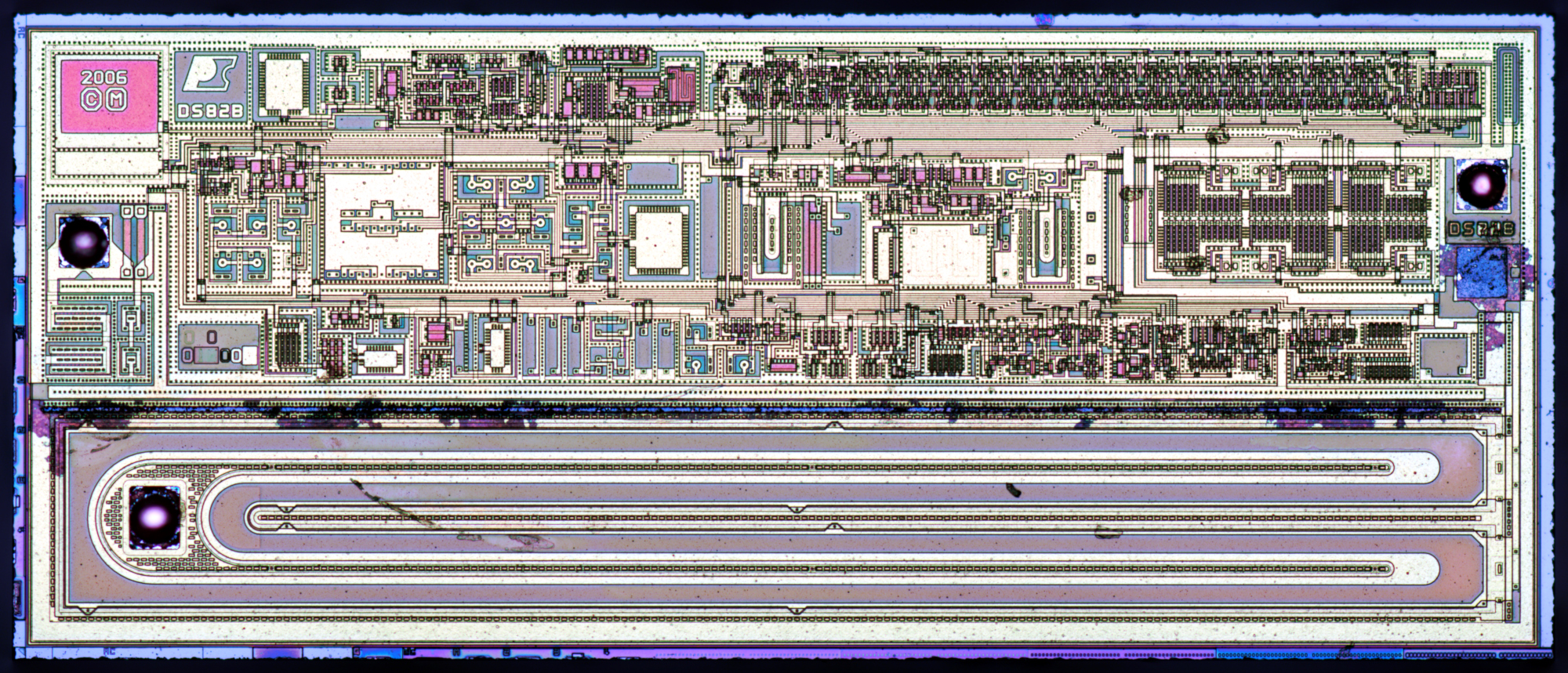An individual PoE power supply can be paired with a single cable connection, but power is typically provided using a PoE-capable Ethernet switch. It can often be configured in terms of PoE support and power capability per port.
Timing on Ethernet
The IEEE 1588 Precision Clock Synchronization protocol works with any packet-based system like Ethernet but doesn’t turn conventional Ethernet into a deterministic system. Originally, Ethernet used a collision-based detection system, with its multidrop cabling making determinism very difficult. The move to a point-to-point, switch-based, full-duplex system helped, yet the approach still lacked suitable determinism.
Industrial Ethernet implementations like EtherCAT and EtherNet/IP addressed that issue. Lately, though, time-sensitive networking (TSN) has come into play, providing open, industry-wide support for deterministic Ethernet.
As it turns out, TSN is great for Ethernet, but it’s not restricted to a wired connection. Wireless TSN (WTSN) is also possible using ecosystems like Wi-Fi.
CC-Link IE is an Ethernet-based system supported by the CC-Link Partner Association (CLPA). The CPLA standard combines Ethernet with TSN. TSN under IEEE consists of a set of standards for different aspects or purposes. For example, IEEE Std 802.1Q-2022 for bridges and bridged networks is one of the base standards for TSN. And there are profiles like IEEE Std 802.1BA-2021 for Audio Video Bridging (AVB) Systems. Having TSN span both wired and wireless networks is important for the same reason that other protocols like TCP/IP can span the network.
Implementing TSN on Ethernet or Wi-Fi requires additional hardware, although it’s possible to implement the protocol using some real-time processors or FPGAs. In all cases, bandwidth can be allocated to deliver reliable, deterministic communication.
Securing the Ethernet
Ethernet communication is able to operate without encryption or authentication. Protocols and communication built on Ethernet can employ these tools to provide secure and authenticated communication, but it’s also possible to employ this at the network level.
IEEE 802.1AE MACsec security and IPSec provide complementary security support that works with Ethernet. IPSec operates at OSI Layer 3 using end-to-end tunnels to provide security. MACsec is a Layer 2 protocol that works with IEEE 802.1x KeySec. This allows it to secure traffic like ARP and DHCP packets.
Automotive and Industrial Ethernet
Standards like 100BASE-T1S are often referred to as automotive or industrial Ethernet. However, they don’t have to be used exclusively for those tasks nor do designers need to limit themselves to those systems unless they meet their needs. This will be true for software-defined vehicles (SDVs) and self-driving cars that must move massive amounts of data, potentially requiring fiber-optic connections rather than copper.
Another consideration when designing networks for these applications is alternative networks such as CAN. CAN is a simple and well-supported protocol on most microcontroller families, but Ethernet has the edge when it comes to speed and functionality.
FlexCAN or CAN with a flexible data rate (CAN-FD) provide more throughput; still, they can’t match Ethernet. Their main claim to fame is deterministic communication that’s provided by TSN, hence the migration to TSN-based Ethernet. Ethernet with TSN support is more complicated to implement than CAN or CAN-FD, but the simplification on the software side makes it more desirable.
Tanks, Clouds, and Very Fast Ethernet
Many automotive and industrial applications are faring well with Gigabit Ethernet or even pushing 10G Ethernet. However, certain applications require even high speeds, such as hyperscalers and cloud servers, where interfaces of 100G Ethernet are common. These may push the limits to 400G or even 800 G. Copper still works for very short runs, but fiber is required for any distance, even just moving outside the box.
Racks of servers and switches may be built with different Ethernet connections depending on network needs. Low-speed connections are often used for out-of-band (OOB) system management, while very high-speed connections provide backbone links to multiple racks.
Optical cabling is often used in noisy environments or where longer distances are required. Optical Ethernet cables can be active or passive. The former includes transceivers in the connections (Fig. 3); passive cables plug directly into adapters or switches.






